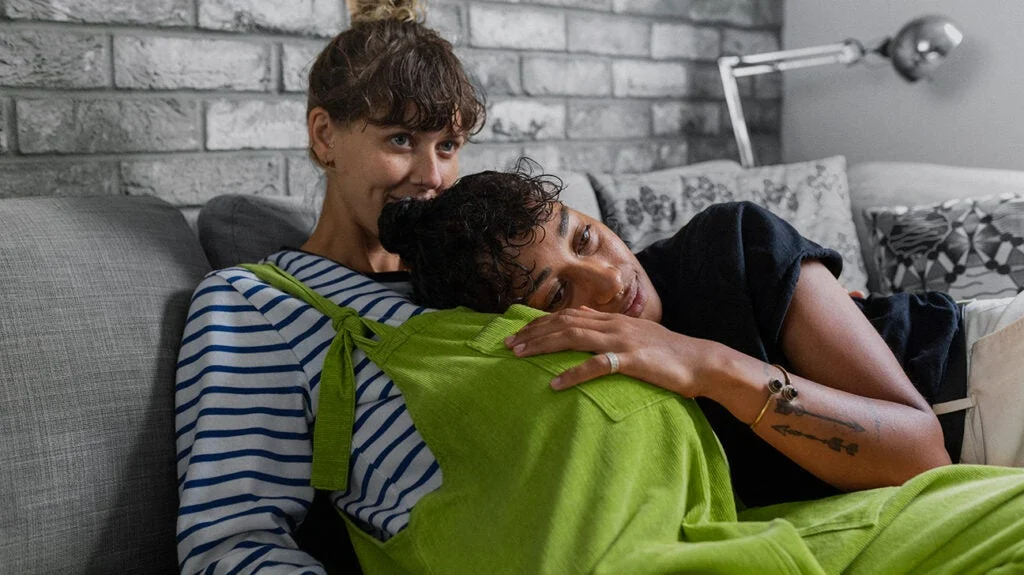When my daughter entered the world, I was grappling with the aftermath of a traumatic birth experience, while she spent her first hours in the NICU. The first 16 hours of her life were spent apart, and when we finally reunited, I was filled with anticipation for that immediate bond. I expected love, joy, and an overwhelming rush of emotions. But as I held her for the first time, I was met with an unexpected emptiness.
After a few days of blank stares and a growing sense of despair, the darkness set in. I heard the words “It’s normal. Just the baby blues; you’ll feel better soon.” But on a particularly difficult Thursday, I found it hard to handle even the simple act of touching her. The thought of being solely responsible for this tiny, defenseless being felt insurmountable. I broke down, overwhelmed by feelings of inadequacy and fear.
That day, I finally confided in my husband about my darkest thoughts. I voiced feelings of wanting to escape this life and detailed plans I had considered for ending my pain. The panic on his face was heart-wrenching. He rushed me to a doctor’s office where my weight, height, and blood pressure were taken, and I completed a survey that felt brutally honest. The midwife who entered the room shared in my tears, diagnosing me with Postpartum Depression.
The following weeks were a whirlwind of emotions, with many tears and constant struggles against the urge to harm myself. Medications were prescribed, and I began to regain some control over my thoughts. However, being in the same room as my daughter remained challenging. I longed to connect with her but felt an overwhelming sense of failure instead. In my search for ways to bond, I stumbled upon the concept of babywearing.
Babywearing is a timeless practice encompassing various cultures, highlighting a mother’s innate desire to keep her young close. Through this method, babies feel secure and connected while learning that their needs matter. The act of wearing my baby became a transformative tool for me—a means of nurturing, teaching, and ultimately healing.
I immersed myself in research about babywearing and, with my husband’s support, began practicing with the Moby wrap I had received as a gift. When my daughter was three weeks old, I first wrapped her close to me. It felt electrifying yet strange, and for the first time, she nestled into me and drifted off to sleep. That moment sparked a flicker of hope—a sign that I was beginning to heal.
As days passed, I wrapped my daughter to me whenever I could, feeling a sense of connection grow with every cuddle. My husband stepped in to care for her when I felt overwhelmed, yet each time I secured the wrap around us, I felt a void begin to fill. The Moby wrap became a bridge between my fragmented self and the love I had for my daughter.
Eventually, I treated myself to a beautiful woven wrap as a reward for reaching a milestone in my healing journey. This new addition became symbolic of my progress, helping me connect my mind and heart. When my daughter smiled at me while I secured her in the new wrap, it was as if the darkness began to lift. That moment marked the day I truly became her mother, all thanks to babywearing.
To many, babywearing is simply a convenient practice, but for me, it was life-changing. While Postpartum Depression casts a long shadow, it does not define one’s motherhood. If you’re a new mom struggling with the weight of postpartum feelings, consider babywearing. It might just change your life as it did mine. For more insights on navigating postpartum challenges, check out this excellent resource on infertility resources. And if you’re interested in products for home insemination, visit CryoBaby.
In conclusion, babywearing can serve as a powerful tool for building connections and healing during postpartum depression. Embrace whatever methods work for you; you never know how they might transform your experience.
